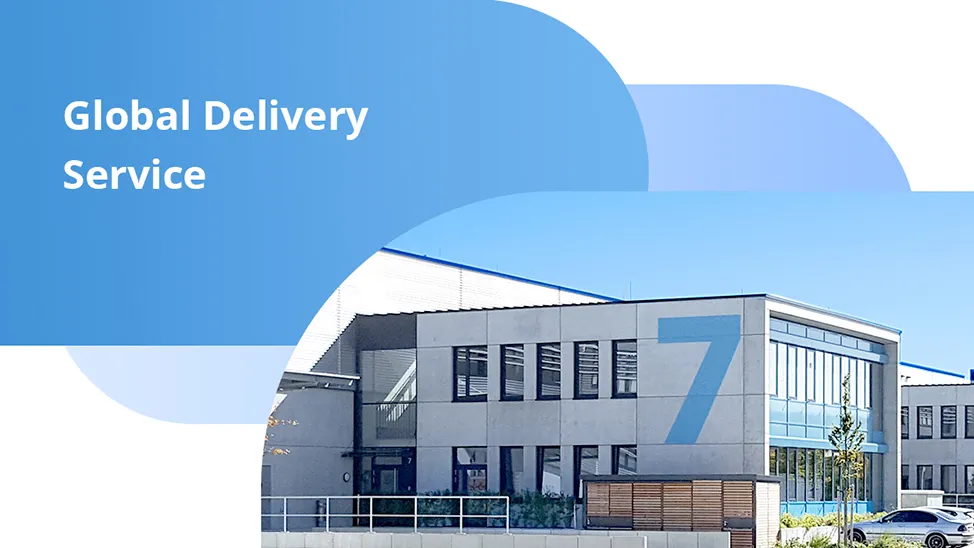Software-Defined Networking (SDN)
What Is SDN?
Software-defined networking (SDN) is a modern networking approach wherein software-based controllers or APIs manage and direct traffic across a network, communicating with the underlying hardware infrastructure.
This contrasts with traditional networks, which rely on dedicated hardware devices like routers and switches to control network traffic. SDN enables the creation and management of virtual networks or traditional hardware through software.
Network virtualization, on the other hand, allows organizations to divide a single physical network into multiple virtual networks or link devices across different physical networks to form a unified virtual network. By centralizing control in a server, SDN introduces a new method for routing data packets.
Why Is SDN Important?
Software-defined networking (SDN) represents a significant advancement from traditional networking, bringing several key benefits:
-
Enhanced Control with Greater Speed and Flexibility: Traditional networks often require manual programming of multiple vendor-specific hardware devices. In contrast, SDN allows developers to manage traffic flow through a network using an open-standard, software-based controller. Network administrators gain the flexibility to choose from various networking equipment, as a single protocol can communicate with multiple hardware devices via a central controller.
-
Customizable Network Infrastructure: SDN empowers administrators to configure network services and allocate virtual resources in real-time from a centralized location. This enables the optimization of data flow and prioritization of applications that require higher availability, ensuring a more efficient network operation.
-
Improved Security: SDN provides comprehensive visibility across the entire network, offering a more holistic approach to security threats. With the growing number of smart devices connecting to the internet, SDN's capabilities are particularly advantageous. Operators can create separate security zones for different devices or quarantine compromised devices to prevent them from infecting the rest of the network.
The primary distinction between SDN and traditional networking lies in their infrastructure: SDN is software-based, whereas traditional networking relies on hardware. The software-based control plane in SDN offers much greater flexibility, allowing administrators to manage the network, adjust configuration settings, provision resources, and scale network capacity—all from a centralized interface, without additional hardware.
There are also notable security differences. SDN's enhanced visibility and capability to define secure pathways provide superior security in many aspects. However, the centralized controller in an SDN must be well-secured to maintain the overall network's security integrity.
How Does SDN Work?
SDN Basics Explained In Software-Defined Networking (SDN), as with other virtualization technologies, there is a clear separation between software and hardware. Specifically, SDN decouples the control plane—which determines the direction of traffic—from the data plane, which is responsible for forwarding the traffic. This separation allows network administrators to manage and control the entire network from a single interface, eliminating the need to configure each device individually.
The SDN network can be divided into three distinct layers, each comprising various components:
-
Application Layer: This layer houses network applications or functions leveraged by organizations. It can include a variety of applications related to network monitoring, troubleshooting, policies, and security.
-
Control Layer: Positioned in the middle, the control layer bridges the infrastructure layer and the application layer. It encompasses the centralized SDN controller software and serves as the realm of the control plane, where intelligent logic interfaces with the application plane.
-
Infrastructure Layer: This layer is composed of various networking equipment such as switches, servers, and gateways, which together form the foundational network responsible for forwarding traffic to its intended destinations.

Communication between these three layers of the SDN network is facilitated by northbound and southbound application programming interfaces (APIs). Northbound APIs enable interactions between the application layer and the controller, while southbound APIs allow the controller to communicate with the networking equipment.
Benefits of SDN
Today's services and applications, particularly those relying on the cloud, heavily depend on Software-Defined Networking (SDN). SDN enables seamless data movement between distributed locations, which is essential for the functionality of cloud-based applications.
One of the significant advantages of SDN is its ability to facilitate the rapid relocation of workloads across a network. For example, by partitioning a virtual network using a method known as Network Functions Virtualization (NFV), telecommunications providers can transfer customer services to more cost-effective servers or even directly to the customer's servers.
This flexibility allows service providers to dynamically shift workloads from private clouds to public cloud infrastructures as needed, and to rollout new customer services almost instantly. Moreover, SDN simplifies the process of scaling and adapting networks. Network administrators can easily add or remove virtual machines, whether they're housed on-premises or in the cloud, without causing disruptions.
Finally, the speed and adaptability provided by SDN make it a key enabler for emerging technologies such as edge computing and the Internet of Things (IoT). These technologies demand rapid and effortless data transfer between remote sites, a task that SDN is uniquely equipped to handle.

-
PicOS® for Multi-Branch Network Solution
FS utilizes PicOS® switches and the AmpCon™ unified management platform to build a multi-branch network for campus solution, enabling remote deployment and automated management. It delivers a high-performance, easy-to-manage, and secure enterprise network
-
Large and Midsize Campus Network Solution
FS utilizes PicOS® switches and the AmpCon™ unified management platform to build a typical three-tier network architecture, enabling the construction of high-bandwidth, stable, easy-to-manage, and secure enterprise networks. This significantly enhances us
-
CDN Solutions for OTT & IPTV
By building a distributed CDN (Content Delivery Network) solution with PicOS®Data Center Switches and AmpCon™ Management Platform, we can optimize user experience while relieving access pressure on core data centers, reduce user bounce rate in a low-cost


